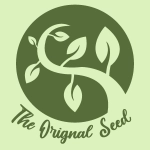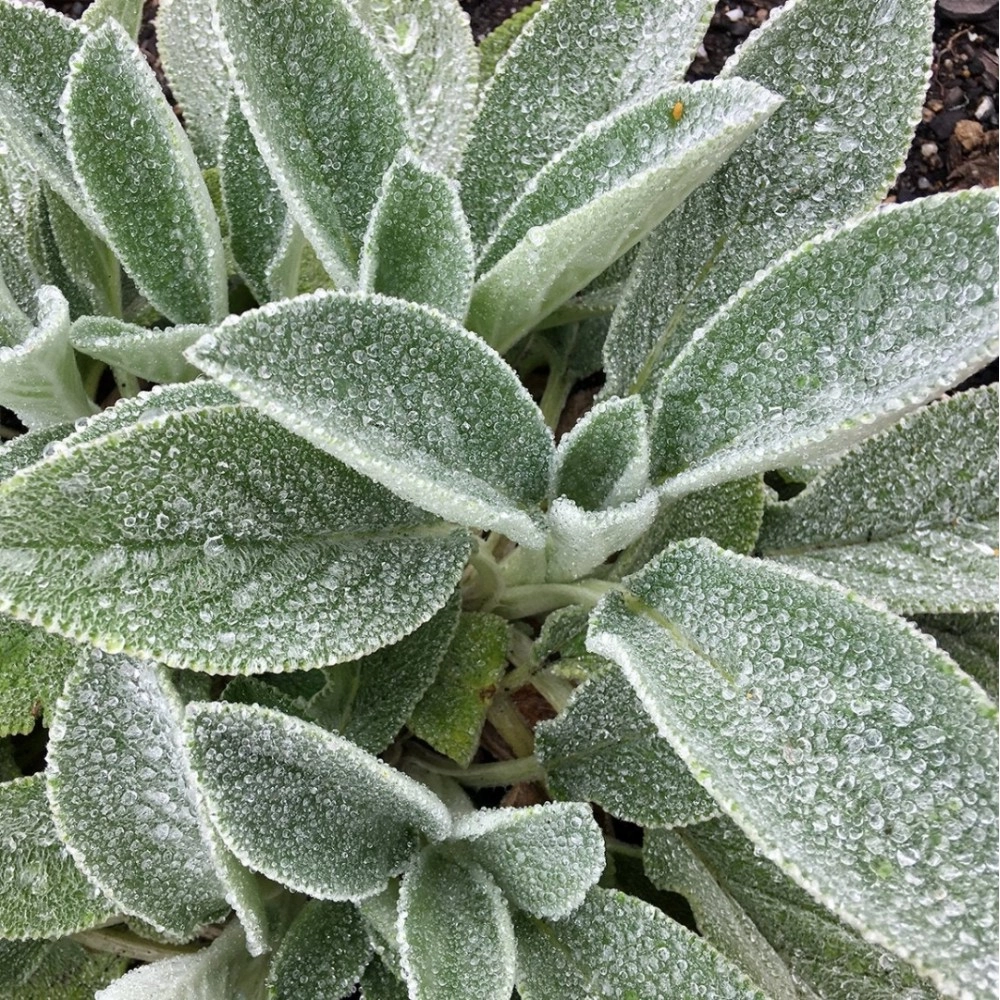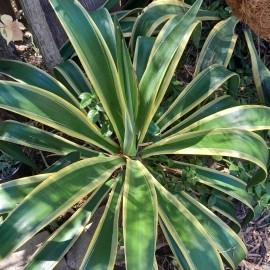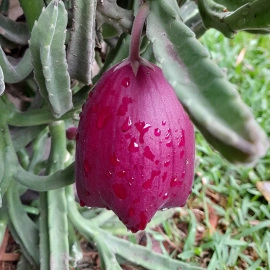Main Menu
Lambs Ear Seeds - Stachys Lantana - Woolly Betony
2.00 AUD
Viewed 2520 times
Categories
Cart
Account
Search
Recent View
Go to Top
Shopping Cart
×
Your shopping cart is empty!
Search
×
Recent View Products
×
Product Description
Stachys Lantana, commonly known as Woolly Betony or Lamb's Ears, is a herbaceous perennial renowned for its distinctive fuzzy, silvery foliage that adds unique texture and contrast to gardens. Another lesserknown synonym that might be used for this plant is Lantana Woolly Betony, although it's most commonly referred to by its botanical name, Stachys byzantina, or the common names mentioned earlier.
Growing Guide for Stachys Lantana in Australia:
Climate and Location:
Hardiness: Woolly Betony thrives in the diverse Australian climate, from temperate regions to parts of warm temperate zones. It's generally hardy in zones 3 through 8.
Position: Choose a sunny spot in the garden. Although it can tolerate partial shade, full sun encourages better foliage color and denser growth.
Soil:
Type: Prefers welldrained soil. It’s particularly tolerant of dry, poor, and sandy soils, making it a great candidate for xeriscaping or rock gardens.
pH: A neutral to slightly alkaline soil pH works best.
Watering:
Frequency: Once established, Stachys lantana is droughttolerant. Water deeply but infrequently to encourage strong root growth. Overwatering or poor drainage can lead to root rot.
Feeding:
Fertilizer: Minimal feeding is required. An application of a balanced, slowrelease fertilizer in the spring can support growth but avoid overfertilizing to prevent leggy growth and maintain leaf color and texture.
Pruning and Maintenance:
Deadheading: Not necessary, as the plant rarely flowers in cultivation, and its foliage is the main attraction.
Pruning: Trim back in late winter or early spring before new growth starts to remove any brown or damaged leaves and to shape the plant.
Mulching: Apply a light layer of organic mulch to conserve moisture and suppress weeds without covering the plant’s crown.
Pests and Diseases:
General: Woolly Betony is generally diseasefree but watch for slug and snail damage, especially in moist conditions. Ensure good air circulation to prevent fungal diseases.
Propagation:
Method: Easily propagated by division in early spring or autumn. Can also be grown from seed, but division is faster and maintains the characteristics of the parent plant.
Notes for Australian Growers:
Due to Australia's varied climate zones, Woolly Betony can be grown across many areas with minimal care. It's particularly suited to coastal regions for its salt tolerance and dry inland gardens where its drought resistance makes it a valuable plant choice. Always consider local council guidelines or restrictions when introducing new plants to your garden, as climatic conditions can affect their growth and potential invasiveness.
Delivery services and tracking are provided by the individual store owner. Please read the store's delivery options before any purchase as each seller may provide different delivery options and times.
For delivery information visit the store or contact the store owner directly for their delivery policy.
More From this Seller
Alocasia Wentii
20.00 AUD
Aloe Hybrid Fish Series Snapper
8.00 AUD
Alyssum Snow Cloth
2.99 AUD
Asplenium nidus - 300mm Pot
90.00 AUD
Baby Blue Eyes
2.99 AUD
Beneficial Bee & Bug Mix Seeds
4.99 AUD
Black Eyed Susan Seeds
2.99 AUD
Brachyscome Daisy
2.99 AUD
BULK Sunflower Seeds BULK
14.99 AUD
Canterbury Bells "Cup & Saucer"
2.99 AUD
Carnation Enfante de Nice Seeds
2.99 AUD
Chamomile "Roman Lawn"
2.99 AUD
Chrysthanthemum Pure White
2.99 AUD
Crassula Ovata Gollum - Finger Jade Plant - Cuttin..
6.00 AUD
8.00 AUD
Crassula Undulatifolia - Ripple Jade Plant - Cutti..
4.00 AUD
8.00 AUD



























